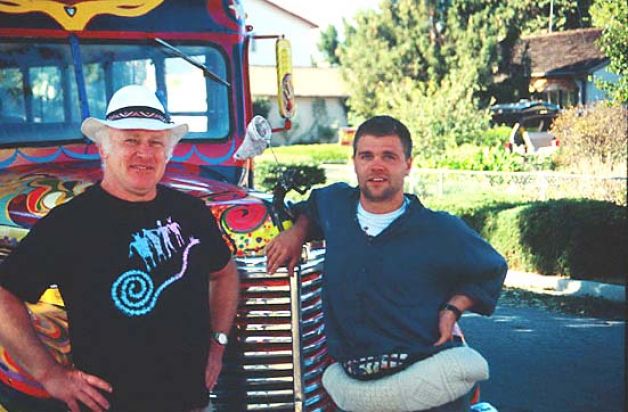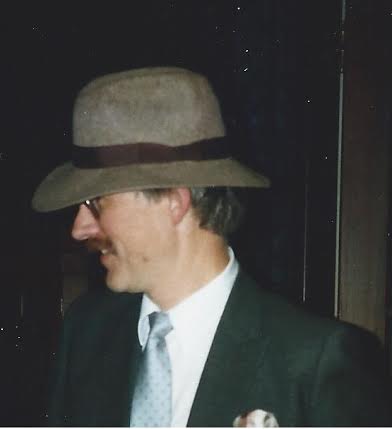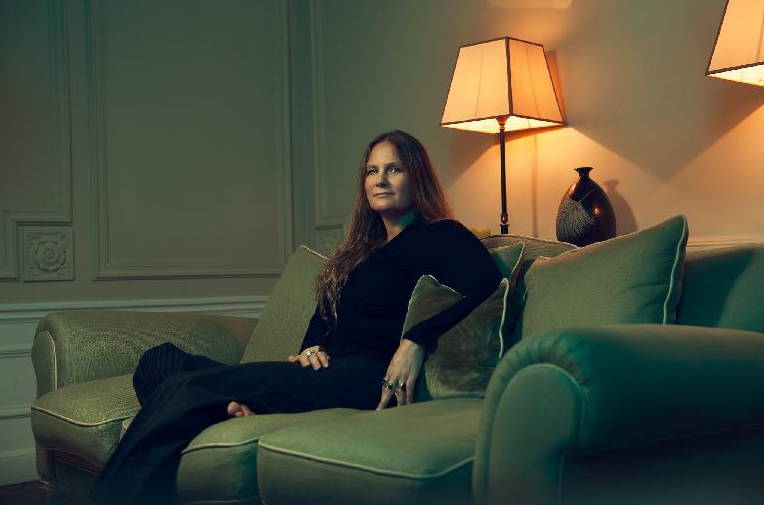During the academic year of 1987-1988, Ken Kesey taught a graduate-level creative writing class of thirteen students at the University of Oregon. He charged the group with producing a full-length novel in one school year, which they did, publishing Caverns under the name O.U. Levon (Novel University of Oregon backwards) in 1990.
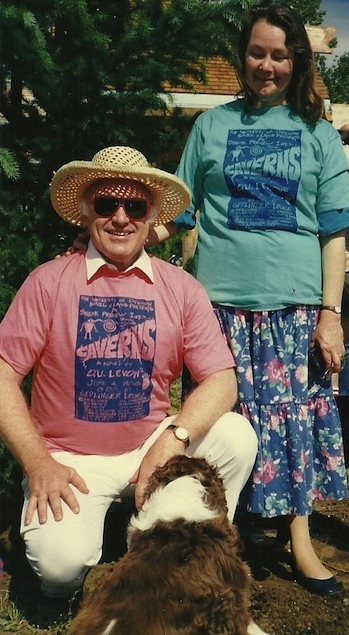
It is my intent to interview each living author about the project and what they learned from Kesey.
Jane Sather’s interview is the fifth I’ve published. I outline the project in more detail in my initial posting and provide links to the other interviews.
What is your life like now? Are you still writing?
I live in a small town in the Sierra foothills of Northern California, and I’m a full time writer/mom. Recent publication: a poem in the anthology Aspects of Robinson: Homage to Weldon Kees, edited by Christopher Buckley and Christopher Howell. I also write one bad novel a year during NaNoWriMo and occasional short stories for the amusement of my writing group.
What do you remember most about the process of writing a book with thirteen other people?
It’s amazing that we managed to pull it off. There were so many characters, each needing to be written consistently by all of us, in every chapter. It could have been an awful clash of personalities and writing styles, even as we tried to write in the same “O.U. Levon” voice. It worked because Kesey was a natural teacher, and we respected him.
He encouraged us to do research: on the 1930’s, Madame Blavatsky’s Theosophical Society, and cave paintings. Sometimes he’d pull a book from the shelf in his living room and say to one of us, “Read this.” There were also field trips–we drove together for hours, went down in a cave, hiked up Mt. Pisgah–which helped us write about the characters on their journey.
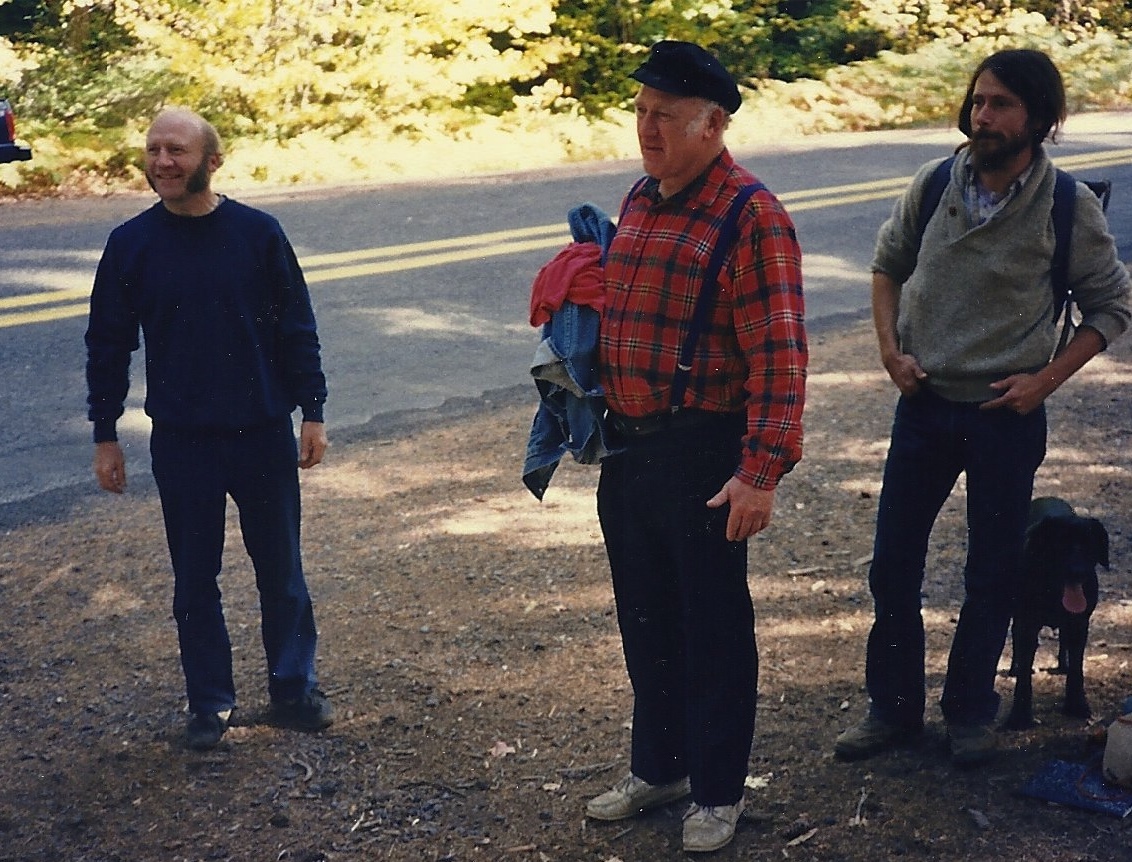
What did you learn from writing Caverns?
1. Make an outline! We always knew where we were in the story, even if we didn’t know quite how it would end.
2. It’s better to write the best book you can than to write like [insert name of bestselling author].
What stands out in your memories of Ken Kesey?
I always rode my Schwinn cruiser to class, and one day when I arrived early, he asked if he could take it for a ride. He pedaled back and forth in front of the house, smiling blissfully, until it was time for class to start. That was Kesey.
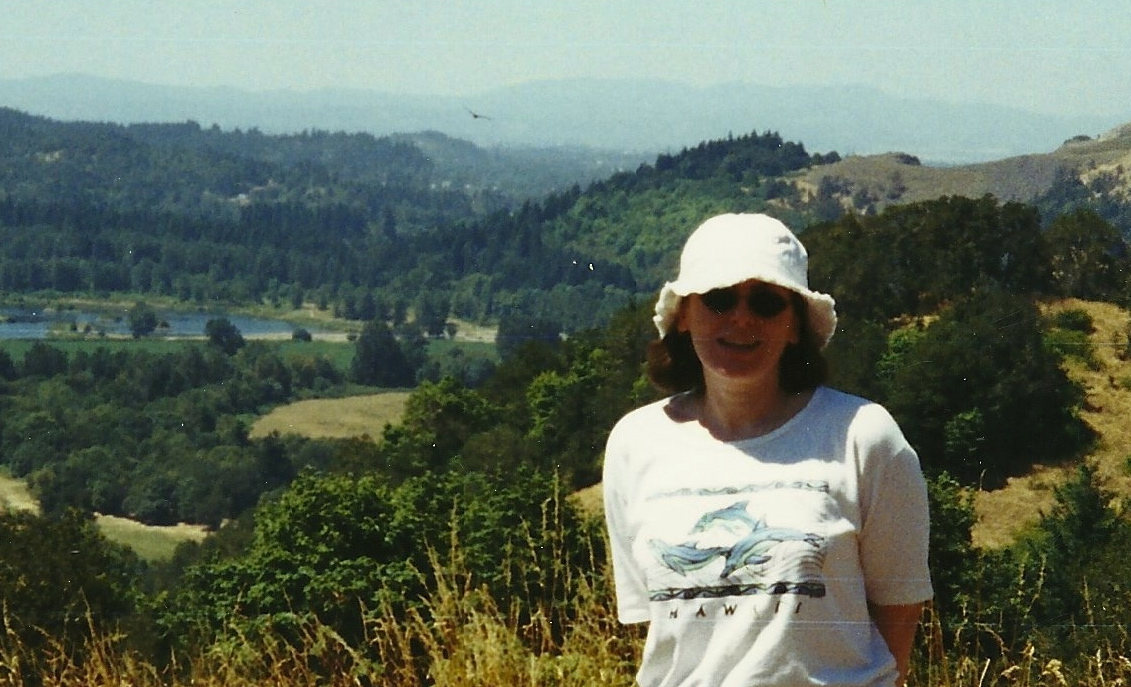
How do you feel about the book as a finished product?
It was a good experience, but not a great work of literature. I haven’t read it in years.

